Qualcomm gets a partial iPhone sales ban in Germany

- Qualcomm was granted a second injunction against Apple in Germany.
- The court determined Apple violated one of Qualcomm’s hardware patents.
- The injunction bans sales of iPhone 7 and iPhone 8 models in Germany.
Qualcomm got another decisive win in its patent battle against Apple today, thanks to a ruling from the District Court of Munich. Because of the ruling, Apple must pull iPhone 7 and iPhone 8 models from its store shelves in Germany.
According to the District Court of Munich, Apple infringed on Qualcomm’s intellectual property for power savings in smartphones. The issue seemingly stems from the iPhone 7, iPhone 8, and iPhone X models using chips from Intel and Qorvo. Qualcomm alleges that the chips use ‘envelope tracking’ to preserve battery, a technology that allegedly violates one of the company’s patents.
The court denied Apple a stay of the injunction. The court also determined that Apple is liable for monetary damages in an amount that will be determined later.
Qualcomm executive vice president and general counsel Don Rosenberg commented:
Two respected courts in two different jurisdictions just in the past two weeks have now confirmed the value of Qualcomm’s patents and declared Apple an infringer, ordering a ban on iPhones in the important markets of Germany and China.
Qualcomm said the injunction will go into effect once the company posts required bonds in a few days. However, Apple told CNBC that the company plans to appeal the ruling. As a result of the imminent appeal, the injunction will not go into immediate effect.
That said, Apple will remove iPhone 7 and iPhone 8 models from its 15 retail stores in Germany during the appeal process. The iPhone XS, XS Max, and XR are unaffected by the ruling.
Apple faced similar injunctions in China that could ban every iPhone from the iPhone 6S through the iPhone X from store shelves. Apple issued a software update in the hopes of addressing the disputed Qualcomm technology. It’s now up to Chinese courts to determine if the update was enough to avoid the sales ban.
The difference between the injunctions in China and Germany is the disputed technology. In China, the disputed Qualcomm technology is entirely software-based. In Germany, the disputed technology is seemingly hardware-based.
As such, the ruling in Germany might be much harder for Apple to solve.
Source: Android Zone
The post Qualcomm gets a partial iPhone sales ban in Germany appeared first on TuneMaster.ml.



















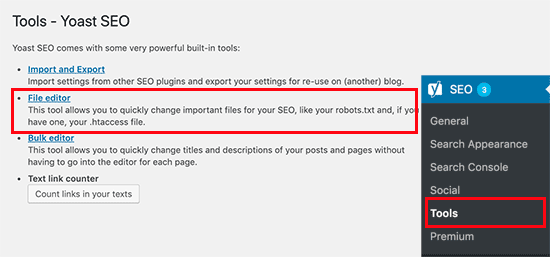
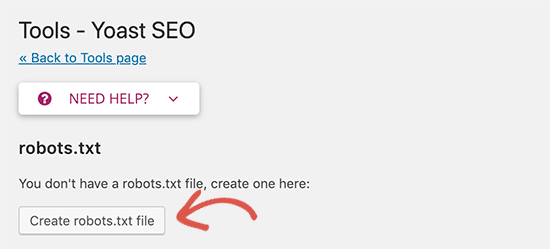
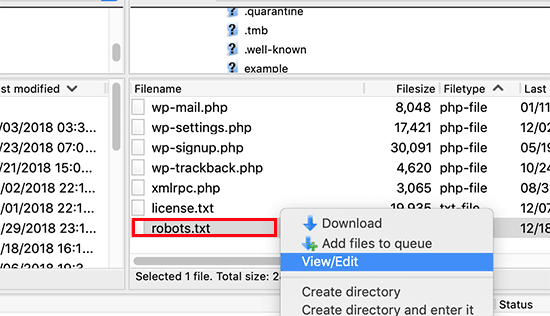
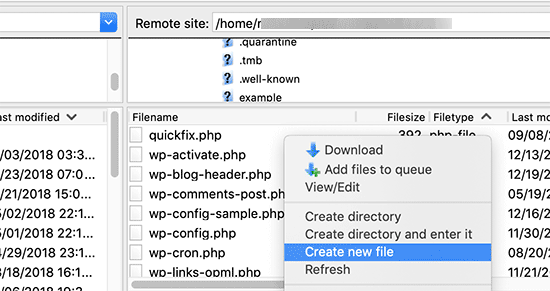
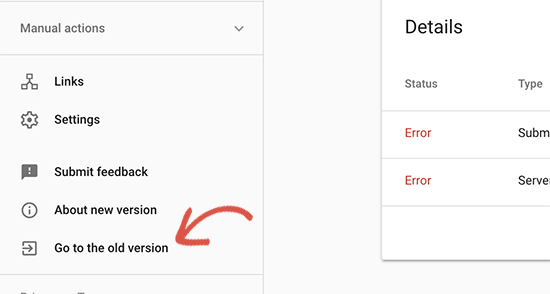
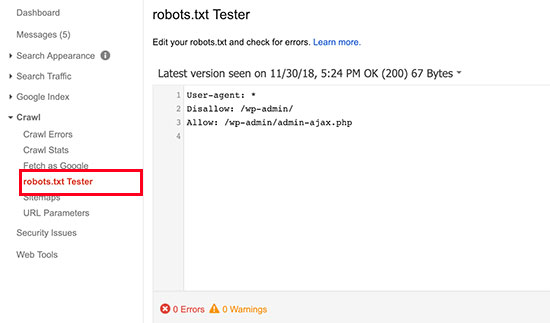



 from us – this time on Nokia 8! Phased roll out of
from us – this time on Nokia 8! Phased roll out of 

